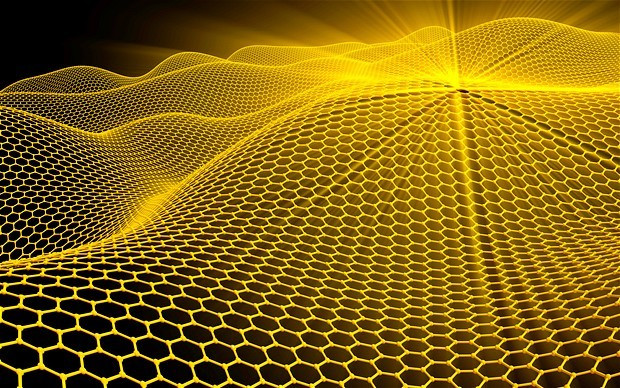Graphene the 'Miracle Material': Drug Traffickers and Terrorists Watch Out

A range of potentially revolutionary uses for graphene, the ultra-thin substance whose development won academics at Manchester Univeristy the Nobel Prize for Physics, has been unveiled.
The material, which takes the form of carb sheets an atom thick, could help detect the presence of viruses, toxins or drugs in the body. An alternative function could lie in enhancing airport security.
The discovery could usher in more accurate drug testing for professional athletes as it could detect the presence of even trace amounts of a substance, say researchers. Graphene could also be used at airports and other high-security locations to combat terrorism and drug trafficking.
Graphene is one of the lightest, most conductive and most resilient substances known to man, and its discovery won Manchester University academics Andre Geim and Konstantin Novoselov the Nobel Prize for Physics in 2010, after they were able to isolate the material and measure some of its remerkable properties.
In December 2012, Chancellor George Osborne outlined plans to boost development of the super-material, committing £21.5 milion to specific universities in new investment funding. Osborne said the money would help take the technology "from the British laboratory to the British factory floor".
Graphene is the material used in pencil "lead", but its mechanical strength and electronic properties have been enhanced. But since it was first isolated at Manchester University in 2004, scientists have sought to identify viable uses for it, leading the substance to be dubbed "a solution looking for a problem".
Now, Manchester University scientists have revealed a whole range of potential uses. Writing in Nature Materials, the scientists, working with colleagues from Aix-Marseille University, describe creating a device which can focus on one molecule though a simple optical system, and can analyse its components within minutes.
Using plasmonics - the study of how the electrons of different materials vibrate - the breakthrough could pave the way for rapid and more accurate drug testing for professional athletes, as it could detect the presence of even trace amounts of a substance.
Scientists are also looking at its potential use in smartphones, ultrafast broadband and computer chips. It might also be effective in the replacement of existing materials such as silicon, researchers claim.
The Engineering and Physical Sciences Research Council identified a selection of promising graphene research projects in British universities, earmarking state funding for the programmes.
The University of Cambridge has been awarded more than £12m for research into uses of graphene in electronics and opto-electronics, with possible applications for touch-screens and other display devices. Imperial College London will receive over £4.5m to investigate aerospace applications of graphene.
The other successful projects are based at Durham University, the University of Manchester, the University of Exeter and Royal Holloway, while industrial partners including Nokia, BAE Systems, Procter & Gamble, Qinetiq, Rolls-Royce, Dyson, Sharp and Philips Research will bring in a further £12m in investment.
Mr Osborne said there had been "enormous competition" for the graphene research to be done elsewhere in the world, rather than the UK. "We had to act very quickly to step in and say we're going to provide funding here in Britain for that activity," he said at the time. "That's an example of actually actively backing a winner to keep it in the UK."
© Copyright IBTimes 2025. All rights reserved.





















